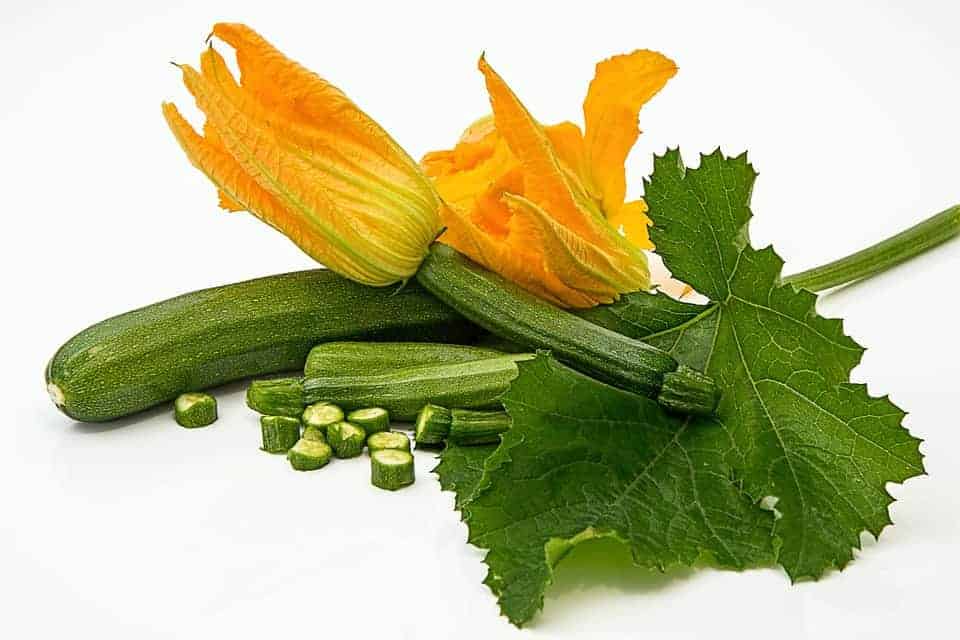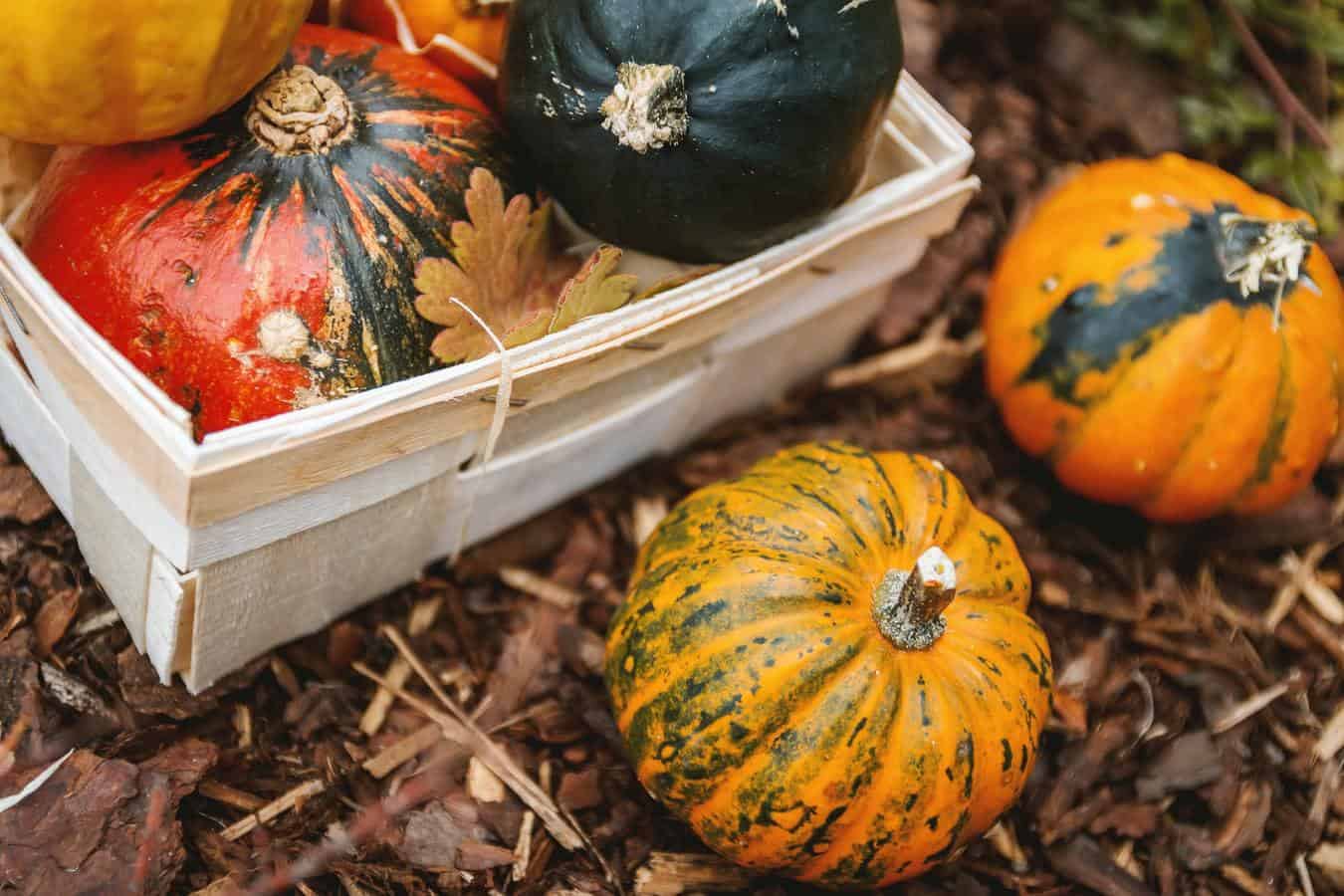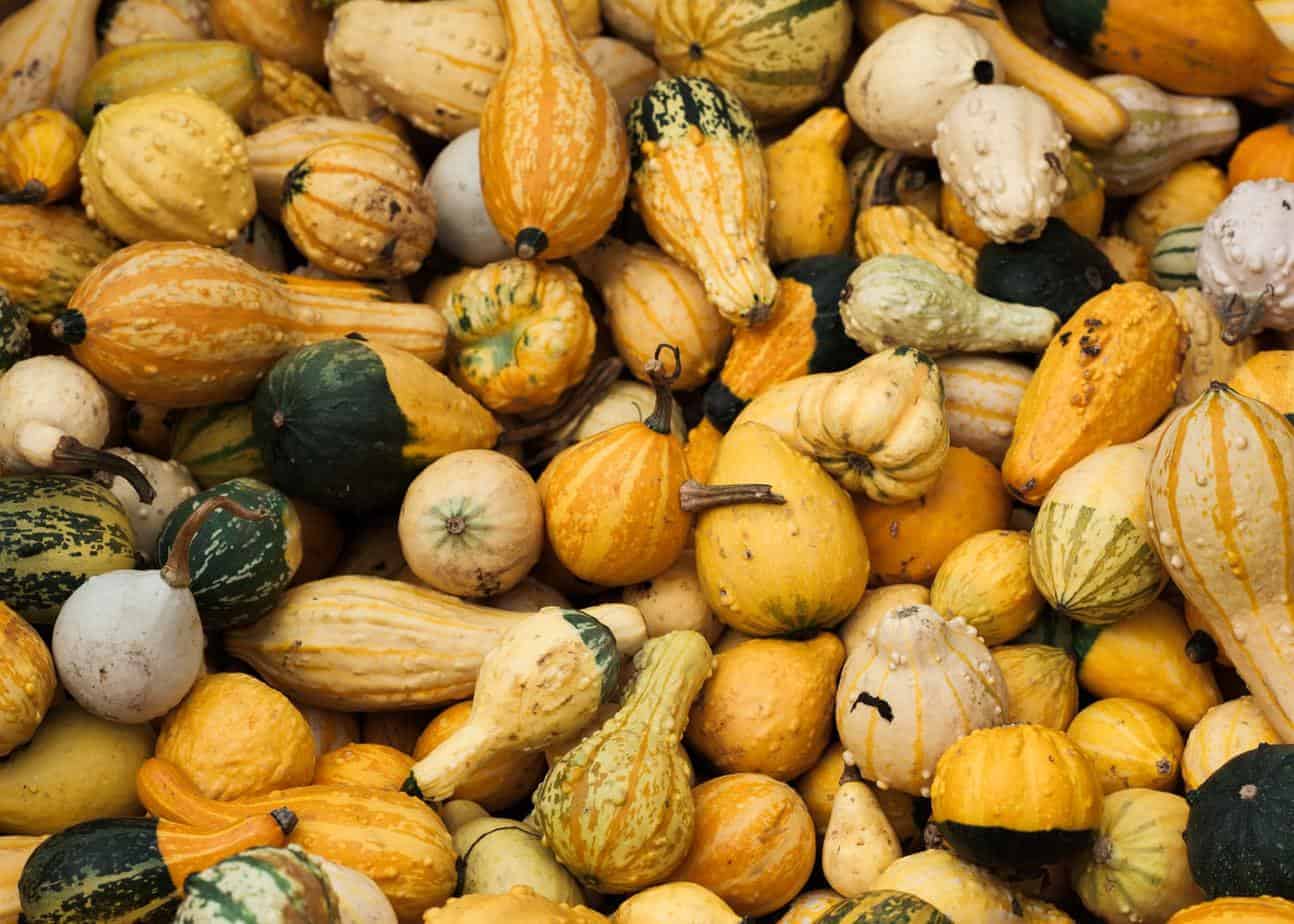Adding winter squash to your garden is an easy way to produce loads of food for you and your family without much effort.
I’ve already written about the best winter squash varieties to grow, but haven’t touched on when to grow winter squash. There is a lot of confusion about when you’re supposed to plant and harvest them.
Despite its name, winter squash should be planted in spring and grown through the summer and harvested in late summer or fall. Winter squash are called as such because they were traditionally stored and eaten over the winter months, not because they are grown in winter – in fact, all squash plants are not winter hardy and will die after a hard frost.
On this page:
Winter Squash vs. Summer Squash

The names winter squash and summer squash refer to when they are traditionally eaten, not when they are grown.
Both winter squash and summer squash are grown during the normal growing season, planted in spring and grown in the summer. The difference is that the young fruit of summer squash plants are harvested throughout the summer, while winter squash are only harvested once the squash fruits are completely mature at the end of the season.
Because mature winter squash have a tough outer skin, they can be stored for months in a cool dry place, and therefore were traditionally eaten during the winter months. Hence the name, winter squash.
When to Plant Winter Squash
Winter squash is frost tender, so you can’t grow it during the winter months. But they also take a long time until harvest, so you want to plant them early.
 Whether sowing seeds directly outside or starting indoors, plant outside after all threat of frost is gone and the soil is warm, at least 60°F (15°C). The warmer, the better.
Whether sowing seeds directly outside or starting indoors, plant outside after all threat of frost is gone and the soil is warm, at least 60°F (15°C). The warmer, the better.
If starting winter squash indoors, you can plant seeds as early as two weeks before your last frost date. You can find out what your last spring frost is here and here. Again, transplant outdoors once all threat of frost is gone and soil is at least 60°F (15°C).
For example, my average last frost date is in mid May, but my soil doesn’t get warm enough until the first week of June. So, I sow my winter squash seeds indoors around early to mid May and transplant in early June.
When to Harvest Winter Squash
 Winter squash takes a long time until it’s ready to harvest. If you check your seed package or your nursery transplant label, you will probably see numbers like “95 days”. This is how long, on average, you can expect to harvest your first winter squash, called the days to maturity.
Winter squash takes a long time until it’s ready to harvest. If you check your seed package or your nursery transplant label, you will probably see numbers like “95 days”. This is how long, on average, you can expect to harvest your first winter squash, called the days to maturity.
The days to maturity for winter squash is generally 90-120 days for most varieties. But you start counting the days after transplanting.
Using my own previous example, if I transplanted a Waltham butternut squash (100 days) in the first week of June, I could expect to harvest my first squash in about 100 days – or mid September.
How to Tell Winter Squash is Ready to Pick
If my winter squash takes 100 days to get ripe squash, how do I know when they’re ready to pick? There are two steps you can take to check when winter squash is ready:
1. Your winter squash has completely changed to its mature color. For butternut squash, that means it will turn from green to that classic, creamy, pale yellow/orange.
2. Check the stem at the end of the squash. If it’s still green, the plant is still sending energy to the developing squash and you should wait a bit longer. If it’s turning brown or yellow and drying up, that means the squash is reaching full maturity and can be picked.
Below is a great video by YouTube gardener CaliKim giving examples of butternut squash that are ready to pick and those that aren’t. You can apply these principles to any winter squash.
